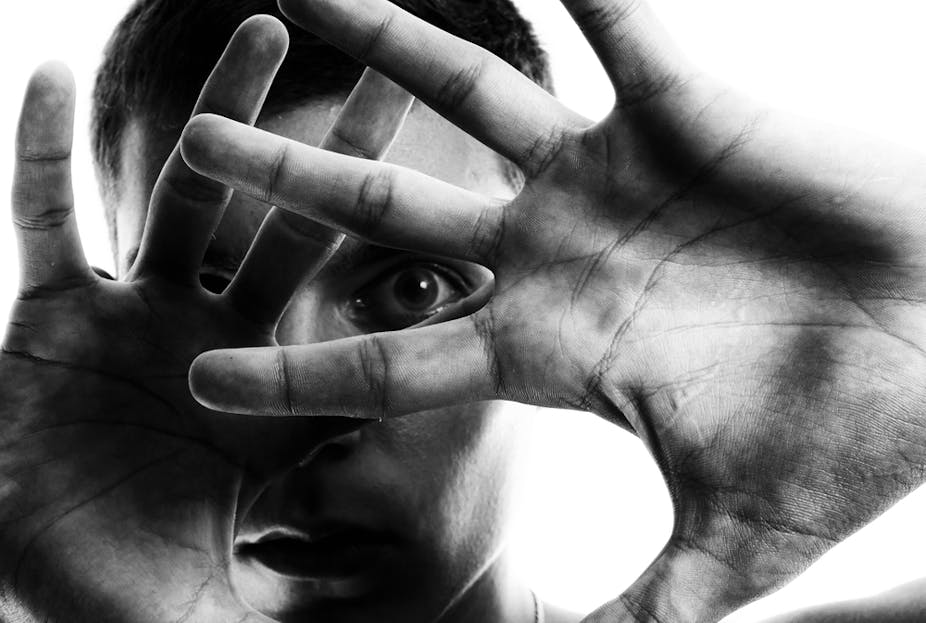Services for women fleeing domestic abuse and sexual violence in the UK have developed over the past 40 years, from grassroots services staffed by volunteers to a professionalised (if still small) sector. With roots in second-wave feminism and with heterosexual women being the majority of victims, it is not surprising that services like shelters and helplines have focused primarily on meeting their needs.
But NatCen’s new research on LGBT people’s access to domestic and sexual violence services, published today by the Welsh government, demonstrates how a narrow focus on the needs of heterosexual, cisgender women can leave LGBT people feeling that these services aren’t appropriate for them.
These LGBT people’s experiences of abuse remind us that even while patriarchy may be an explanation for many women’s experiences of victimisation, if we accept that violence is about power and control, we must acknowledge that other dimensions of power and inequality can play a part too.
Explicit and implicit
In the course of our research, we heard from people of all ages, across Wales, who identified as lesbian, gay and bisexual, as trans men, trans women and people who didn’t identify as either male or female. Just as women’s experiences of violence are so often linked to gender inequality, the LGBT people we talked to explained how their experiences of domestic and sexual violence were intimately linked to their experiences of homophobia, biphobia and transphobia.
Sometimes, this was explicit. We heard several stories of young people experiencing domestic abuse from family members when coming out as gay or trans, including being kicked out of home and having family members threaten to kill them. Lesbian and bisexual women gave testimony to a broad spectrum of sexual violence, from sexualised harassment at work to rape threats, much of which specifically targeted them for their sexual orientation.
At other times, the link was less obvious. LGBT people’s experiences of discrimination over their lifetimes meant that they were reluctant to seek help. People feared that calling the police to help with an incident of domestic violence could have potentially serious repercussions, such as attracting homophobic abuse from neighbours by drawing attention to a same-sex relationship.
They also feared that the low-level aggression and humiliation they experienced in their daily lives would be replicated in the process of seeking help – that the helpline advisor will assume they are in a mixed-gender relationship or call them “Mr” instead of “Ms”, or that the police officer will be more interested in their “lifestyle” than in responding to their complaint.
Time to catch up
LGBT people know that appropriate services just don’t always exist. Domestic violence services tend to be designed to respond to intimate partner violence with a male perpetrator and a female victim. They’re less likely to have responses designed appropriately for people experiencing domestic violence from family members on the basis of their sexual orientation or gender identity.
Alongside this, partly as a reflection of their roots in second-wave feminism, many victims’ services have quite rightly battled hard for the right to women-only provision. But this has created a situation where the majority of services are single-gender – and it’s still unclear where people who don’t simply identify as male or female are supposed to go.
More worryingly, there have been heated debates over whether trans women are “real” women, and whether they should be able to access women-only services. Despite the legal protections for trans people, the research suggested that trans women may still be refused access to women-only domestic violence refuges.
By working hard to defend gender-based provision, services have perhaps left themselves less open to exploring how other forms of oppression besides gender can also lead to interpersonal violence.
Opening up our domestic and sexual violence services to be more inclusive of LGBT people is not incompatible with initiatives to address gender-based violence against women. On the contrary, understanding the ways perpetrators use domestic and sexual violence to enforce other forms of oppression can only invigorate the work of ending all identity-based violence – especially when those working in the field are fighting pressure to entirely de-gender and de-politicise the services they provide.
This month, the Welsh government will introduce legislation aimed at ending violence against women and all domestic and sexual violence in Wales – legislation that also considers the needs of LGBT people. This is a welcome platform from which Wales can develop more LGBT-inclusive domestic and sexual violence services. It’s time for the rest of the UK to catch up.

